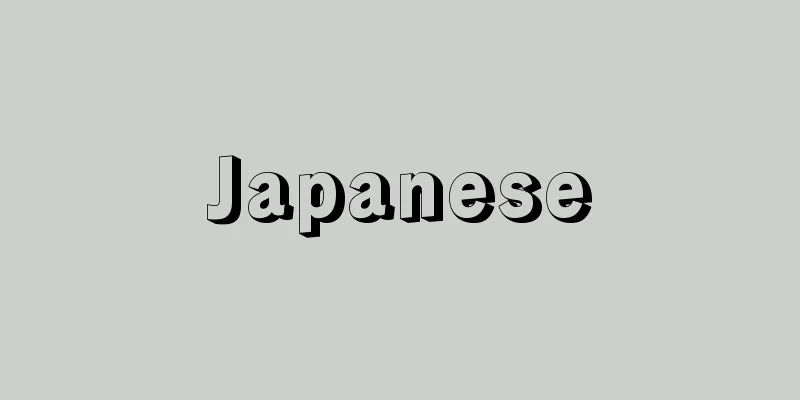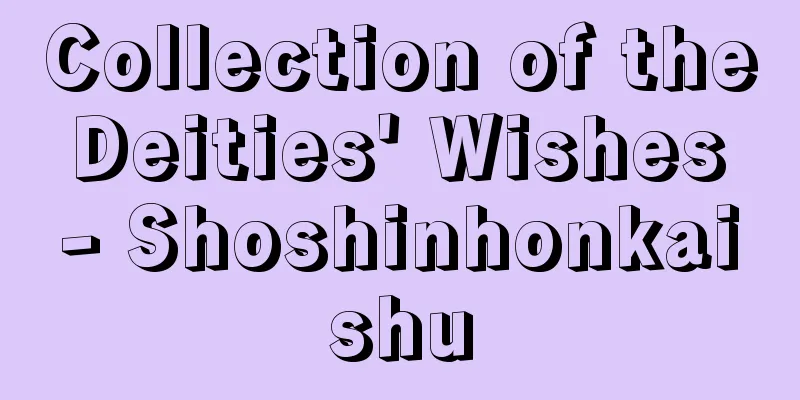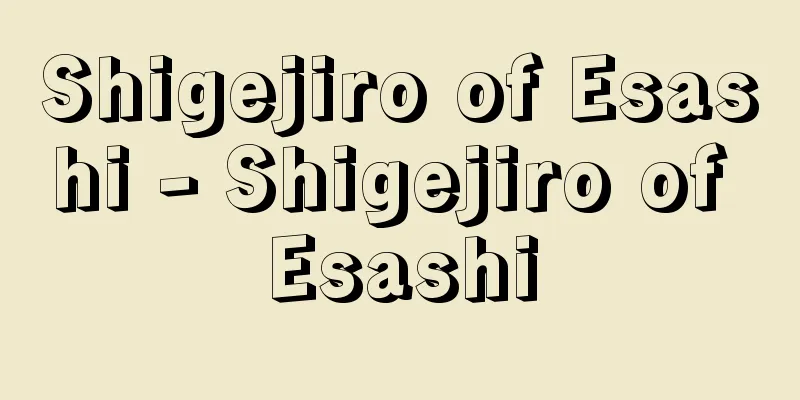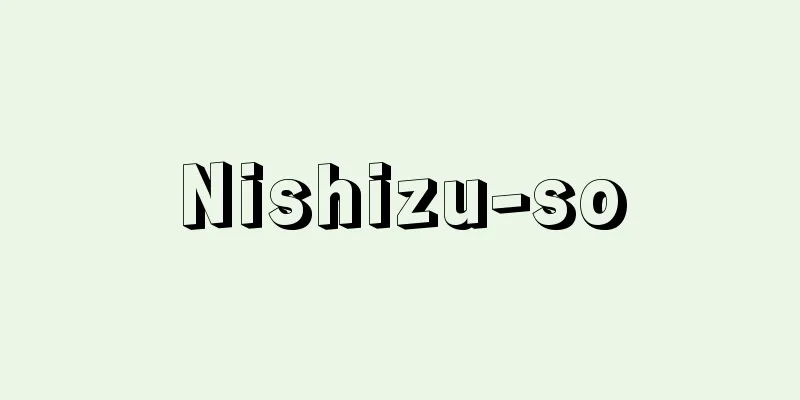Japanese

|
...This refers especially to the style that was seen mainly in France in the latter half of the 19th century. Related terms include japonaiserie (Japanese goods) and japonisant (lover of Japanese goods). Europe, especially France, has had close ties with China since ancient times, and many Chinese items were incorporated into 18th century French Rococo art, reflecting the court's Chinese taste, and the exotic atmosphere was highly praised. *Some of the terminology explanations that mention "japonisant" are listed below. Source | Heibonsha World Encyclopedia 2nd Edition | Information |
|
…とくに,19世紀後半にフランスを中心としてみられたものをいう。関連した用語にジャポネズリーjaponaiserie(日本物品),ジャポニザンjaponisant(日本物品愛好家)がある。 ヨーロッパ,とくにフランスと中国との関係は古くから密接で,18世紀フランス・ロココ美術のなかに,宮廷の中国趣味を反映して,かなりの中国の物品が取り入れられ,その異国情緒がもてはやされた。… ※「japonisant」について言及している用語解説の一部を掲載しています。 出典|株式会社平凡社世界大百科事典 第2版について | 情報 |
>>: Japonica saepestriata (English spelling)
Recommend
musique mesurée à l'antique (English spelling)musique mesureealantique
...The leader of this group, Ronsard, repeatedly ...
Summer cypress (English spelling)
…It is widely distributed in the dry regions of t...
Burt, WA (English spelling)
…However, no drawings or actual mill machines rem...
Harunotsuji ruins
Yayoi period settlement ruins in Ashibe-machi and ...
《Memories》
...His next film, Crankville (1922), was based on...
Yagyu Jubei - Yagyu Jubei
A swordsman in the early Edo period. The eldest so...
Forceps bite - Kanshijoukougou
...The ridge from the space between the eyebrows ...
Friday - Friday
Same as "Friday." Source: About Shogakuk...
Lingbao Jing (literal translation: Lingbao Sutra)
It is one of the Taoist scriptures, and forms the ...
Ichikawa Jukai
Kabuki actor. His real name was Ota Teruzo, and h...
Lehtonen, J.
...Teuvo Pakkala (1862-1925) wrote The Children (...
The Wind Rises
An animated film written, scripted and directed by...
Yokohama Mainichi Shimbun - Yokohama Mainichi Shimbun
Japan's first daily newspaper. It was the fir...
Visbreaking
... However, even today, oil thermal cracking tec...
National taxes
This refers to taxes levied and collected by the ...









